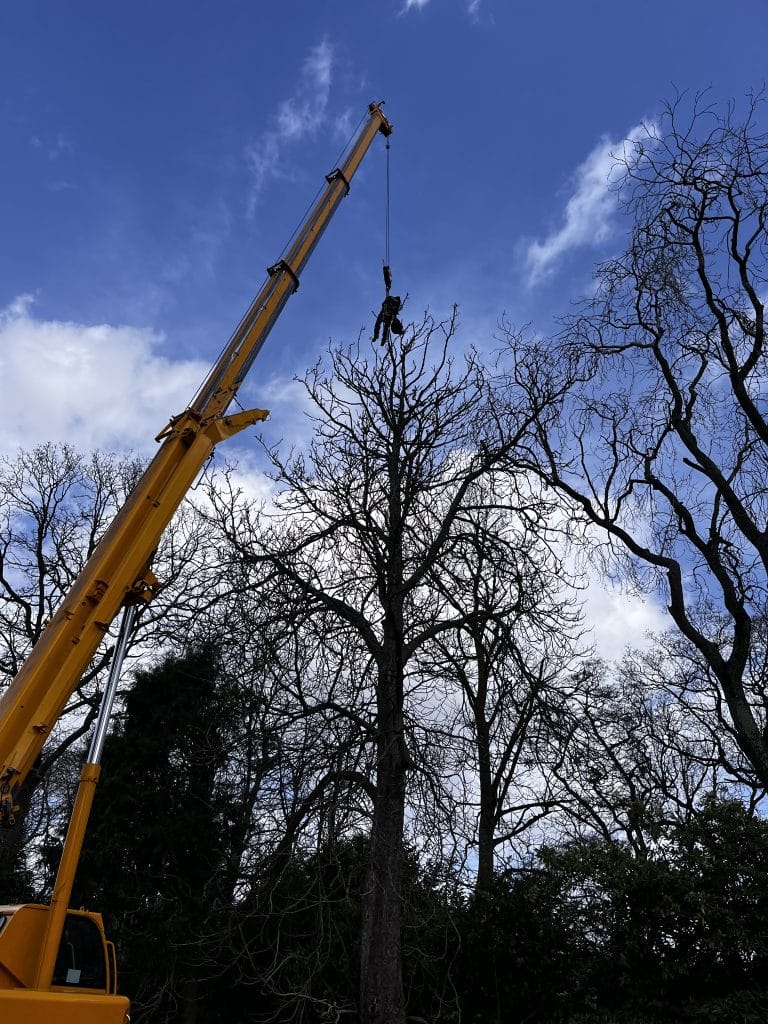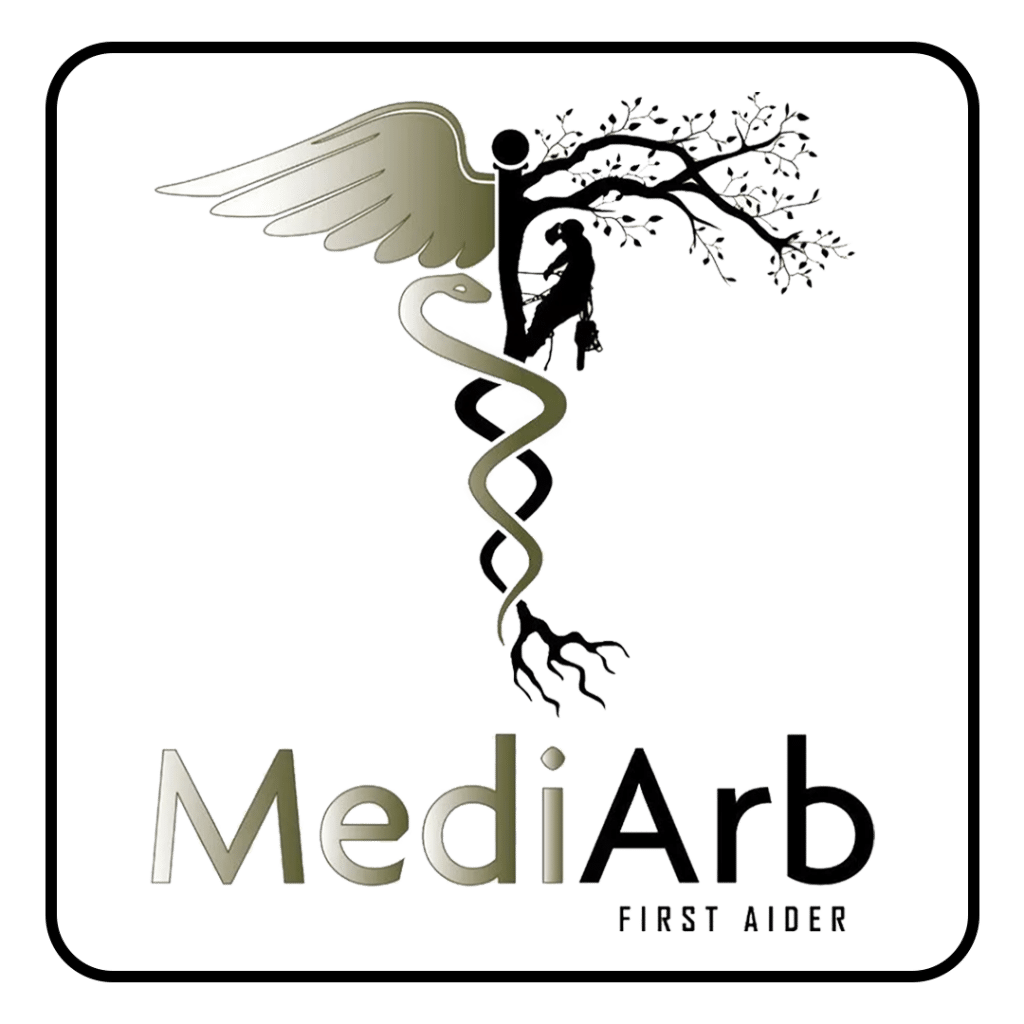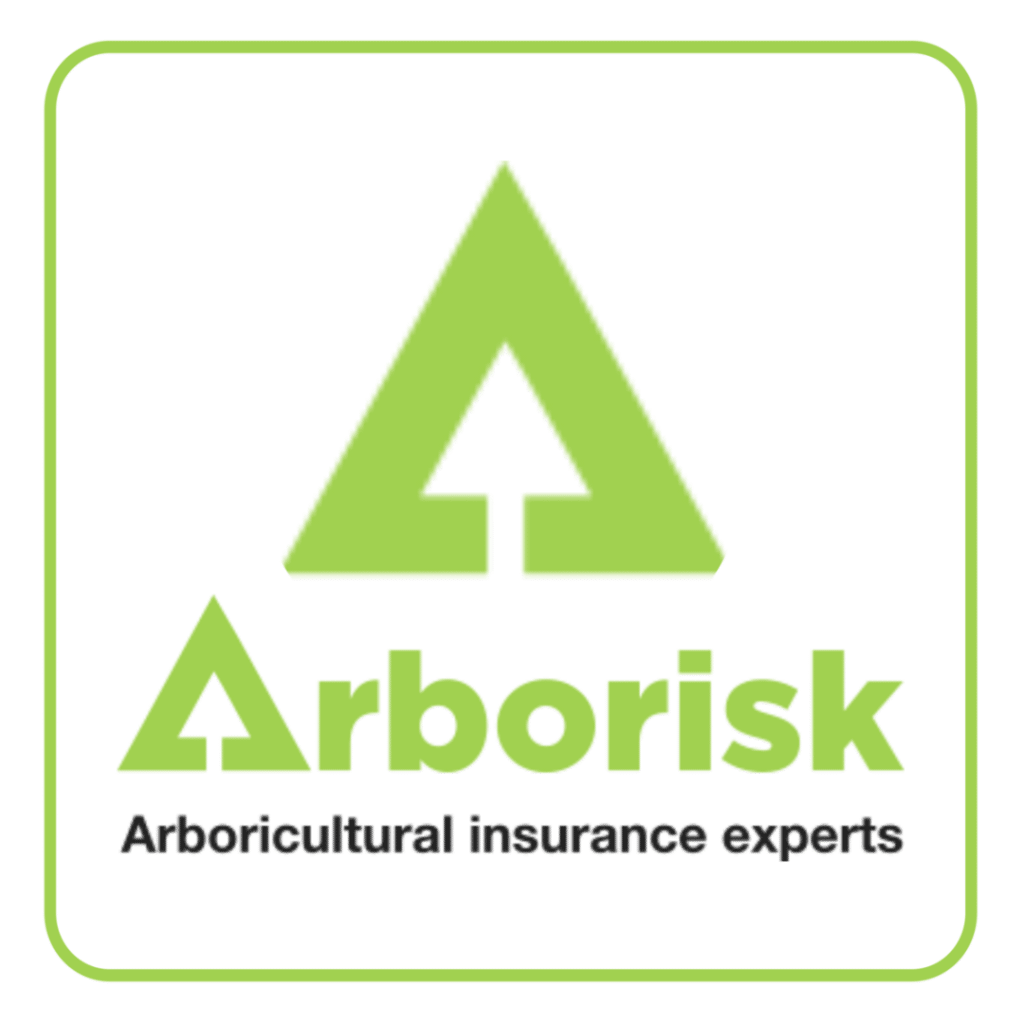To get your FREE quote, click HERE to fill out a contact form
What are Tree Reductions?
There are several benefits that tree reductions offer homeowners, commercial clients and the public. Trees grow healthier and better when their exposure to light and air is optimised. By cutting back branches, the tree has more space for its branches to grow and strengthen, as well as let more air in. Light is also able to reach more branches to encourage greener growth.
If a tree is overgrown and branches become dangerously heavy or weak, then tree reductions offer safer alternatives for the public, for buildings and surrounding property. The Tree Doctors can advise on branch reductions and install preventative measures to avoid storm damage.
Of course, another beneficial factor for tree reductions would be to improve its appearance and prevent any neighbourly disputes about loss of light and space.
With tree reduction services, you can avoid trees from becoming overgrown and dangerous. It is an alternative to felling, which involves removing the entire tree.
The Benefits of Tree Reductions
There are several benefits that tree reductions offer homeowners, commercial clients and the public. Trees grow healthier and better when their exposure to light and air is optimised. By cutting back branches, the tree has more space for its branches to grow and strengthen, as well as let more air in. Light is also able to reach more branches to encourage greener growth.
If a tree is overgrown and branches become dangerously heavy or weak, then tree reductions offer safer alternatives for the public, for buildings and surrounding property. The Tree Doctors can advise on branch reductions and install preventative measures to avoid storm damage.
Of course, another beneficial factor for tree reductions would be to improve its appearance and prevent any neighbourly disputes about loss of light and space.

Types of Tree Reductions
Tree Crowning
Crown Thinning
Crown thinning involves the selective removal of smaller, secondary branches, typically from the outer canopy, to create an even density of foliage and a well-spaced branch structure.
Branches are removed systematically throughout the canopy.
Crown thinning is commonly done to allow more light to filter through the tree, reduce wind resistance, and lighten the tree's overall weight. It's often an ongoing process, especially for tree species that produce a lot of epicormic growth.
Crown Lift or Crown Raising
Crown lifting involves the removal of the lowest branches or the preparation of lower branches for future removal. Best practices suggest avoiding the removal of large branches directly from the trunk, as this can create large wounds that may lead to decay.
Crown lifting is an effective way to increase light to areas beneath the tree or provide access below the canopy. However, it should be limited to no more than 15% of the live crown height, ensuring that at least two-thirds of the tree's total height remains covered by the crown.
Crown Reduction
Crown reductions involve reducing the height and/or spread of a tree's canopy. This technique can be used to lessen mechanical stress on specific branches or the entire tree, make the tree better suited to its environment, or reduce shading and light loss.
Pollarding
Tree pollarding is a specialised pruning technique that involves removing the upper branches of a tree to promote a dense head of new growth. This method is often used for certain species in urban areas where it's necessary to control the size and shape of a tree from a young age. By repeatedly cutting branches back to the same points, known as "pollard heads," the tree develops a unique, maintained structure. This process encourages the growth of dense, healthy shoots and is typically performed during the dormant season to minimise stress on the tree.

FAQs on Tree Reductions
Crown thinning is a technique that improves a tree's health and appearance by selectively removing branches. This allows more sunlight to reach the interior of the crown, promoting healthy growth throughout the tree.
Here's how it works: we strategically remove up to 30% of the branches, focusing primarily on dead, diseased, or congested shoots. It's important to note that crown thinning requires a delicate touch. Removing too much too quickly can negatively impact the tree's aesthetics.
Pollarding is a pruning technique where the branches of a tree are cut back to stumps, typically near the trunk. This practice encourages the growth of new, vigorous shoots, resulting in a distinctive, rounded shape.
Tree Reduction is the professional shortening of the tree's overall height and spread, carried out by pruning back to smaller, suitable side branches. This preserves the tree's natural shape and structure, promoting healthy re-growth.
Topping is an outdated, non-professional technique that involves cutting branches back dramatically, leaving large, unsightly stubs. Topping causes severe stress, promotes weak, vigorous re-growth, and significantly shortens the tree's lifespan.
Tree reduction involves selectively removing branches to reduce height and the spread of a crown, preserving a natural shape. Our tree surgeons will cut back branches to a point where the tree will grow back healthily.
Get in touch with our Chas-accredited tree surgeons today for a free quote!
Our services are tailored towards homeowners & commercial landscapes / public sector companies, offering a range of tree and hedge services, including but not limited to:
- Tree Cutting
- Tree Removal
- Hedge Trimming
- Dead Wooding
- Tree Pruning
- Stump Grinding
- Emergency Tree Services
Areas We Cover Include: Belbroughton, Stourbridge, Halesowen, Kidderminster, Kingswinford, Bromsgrove, Harborne, Hagley, and other areas across The West Midlands
Working Hours: Monday-Saturday 6am-6pm




